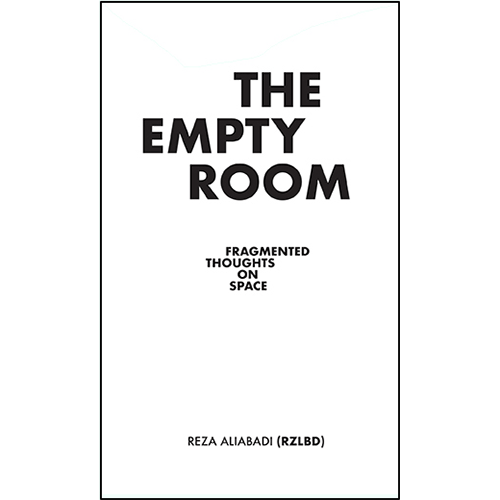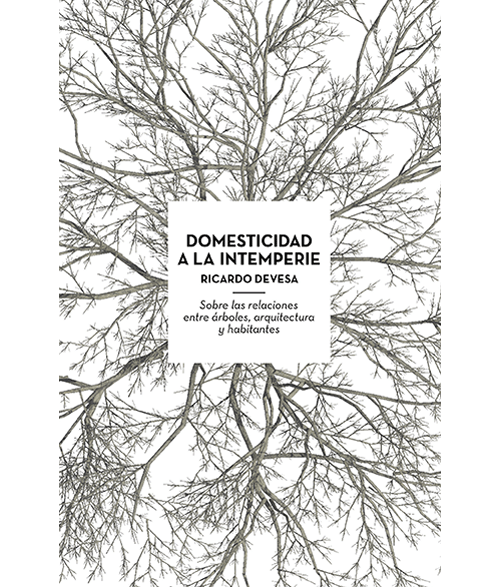
Domesticidad a la Intemperie (SP ED.)
Sobre las relaciones entre árboles, arquitectura y habitantes
Ricardo Devesa
The first part of this publication is to present a collection of exemplary five houses that evinced explicit relationships with preexisting trees. The five twentieth century projects are: La Casa (B. Rudofsky, 1969), Cottage Caesar (M. Breuer, 1951), Ville La Roche (Le Corbusier & P. Jeanneret, 1923), Villa Pepa (J. Navarro Baldeweg, 1994) and Hexenhaus (A. & P. Smithson, 1984-2002). The second part of the book is to contribute with three theoretical concerns for the contemporary project, those ones which are established in the process, with respect to time, place and outdoor domesticity in modern western housing.
One of these theoretical contributions establishes that any house located on a site finds a significant place in conjunction with the preexisting trees. The second contribution describes the effects in terms of time, in addition to spatial considerations, which trees can contribute to the architectural project.
32,00€
Buy Ebook 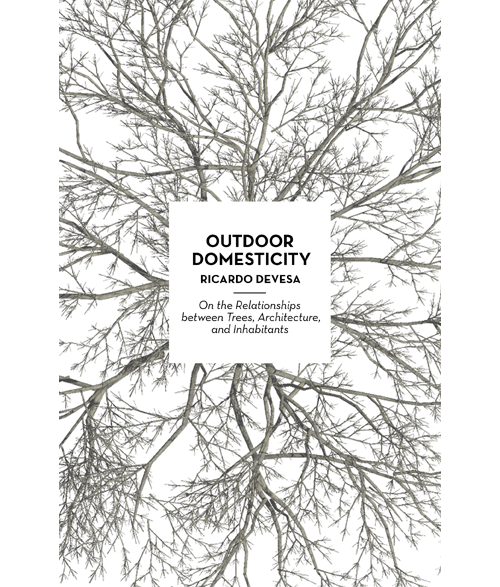
Outdoor Domesticity (ENG ED.)
On the Relationships between Trees, Architecture, and Inhabitants
Ricardo Devesa
The first part of this publication is to present a collection of exemplary five houses that evinced explicit relationships with preexisting trees. The five twentieth century projects are: La Casa (B. Rudofsky, 1969), Cottage Caesar (M. Breuer, 1951), Ville La Roche (Le Corbusier & P. Jeanneret, 1923), Villa Pepa (J. Navarro Baldeweg, 1994) and Hexenhaus (A. & P. Smithson, 1984-2002). The second part of the book is to contribute with three theoretical concerns for the contemporary project, those ones which are established in the process, with respect to time, place and outdoor domesticity in modern western housing.
One of these theoretical contributions establishes that any house located on a site finds a significant place in conjunction with the preexisting trees. The second contribution describes the effects in terms of time, in addition to spatial considerations, which trees can contribute to the architectural project.
32,00€
Buy Ebook 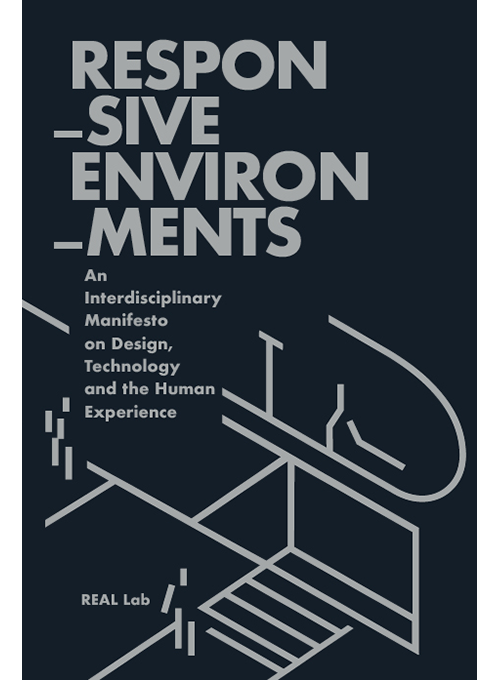
Responsive Environments
An Interdisciplinary Manifesto on Design, Technology and the Human Experience
Allen Sayegh, Stefano Andreani, Matteo Kalchschmidt
What makes an environment "responsive"? This book provides some key concepts in the form of a design manifesto. Critically articulated from the perspective of leading experts, scholars and professionals, the ideas explored are unpacked through speculative urban visions and design projects at different timeframes, contexts and scales ranging from interactive artifacts to augmented cities. Drawing from a multiyear research at the REAL Lab at Harvard GSD and design work by INVIVIA and other innovative practices, the book unfolds the experiential facets of our technologically-mediated relationship with space in the fields of architecture and urbanism, design and art.
With the collaboration of
the Harvard REAL Lab.
EBOOK VERSION
35,00€
Buy Ebook 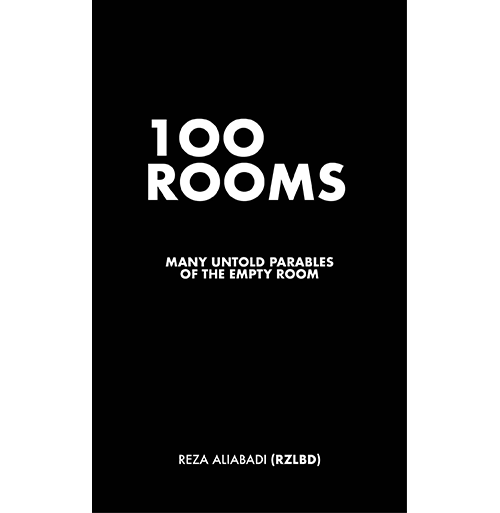
100 Rooms
Many Untold Parables of The Empty Room
RZLBD (Reza Aliabadi)
The Empty Room, in the absence of any visual materials, was a written manifesto composed of RZLBD’s poems and collection of quotes intended to portray the room and the emptiness as the essence of architecture. Now, 100 Rooms complements our own blurry images of the empty room with a visual guide. Each spread consists of a plan and a physical model of a room, which is an excavation of the geometry and order inherent within the square. It holds no design intention — no scale or function — but simply one of infinite possibilities that emerge from a square. This framework suggests that the formal expression of a room comes from within. With these visual references, one can begin to imagine many approximations to the empty room. A line on paper is always less, as Kahn says, but through these measurable means,
24,00€
Buy Ebook 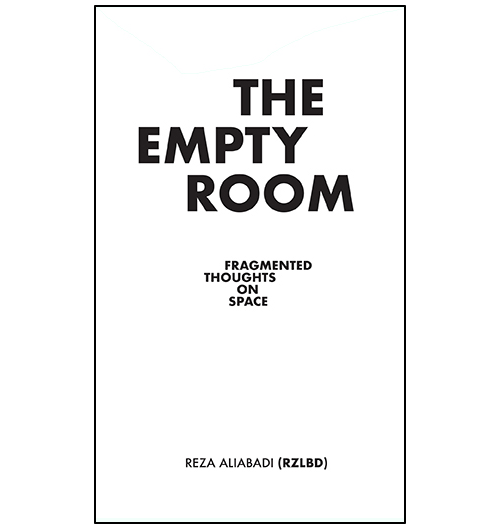
The Empty Room
Fragmented Thoughts on Space
RZLBD (Reza Aliabadi)
Part aphorism and part manifesto, this book by Canadian architect Reza Aliabadi (RZLBD) references his ideas and thoughts about space. He suggests 'the empty room' as the very essence of architecture, and 'the spatial experience' as its highest mandate. Reza revisits architecture —not as the walls that enclose the space— but rather the space in-between the walls. What he calls an "anti-architecture" of invisible voids.
Today architecture has fallen short as a discipline and has instead converted into an industry, part of the commercial establishment. Accordingly it has given up its capacity to offer contributions and has been reduced to being a service. It has become all about a form-making exercise and dressing it up with a fashionable skin. What matters most, is the look of it, and the contest to keep that look relevant in the media— as long as possible. It submits itself to
18,00€
Buy Ebook 
